Comparison of the US and Russian armies in 2020. Ground troops
Interest in comparing the capabilities of the US and Russian armed forces continues to this day. This topic will always remain relevant, given the existing geopolitical contradictions between the two states. The simultaneous presence of Russian and US military personnel on the territory of Syria, where they sometimes come face to face, only fuels interest in this topic. In addition, in recent years, in response to the strengthening of Russia's military capabilities and the intensification of the actions of the Russian armed forces in the post-Soviet space, NATO has increased its military presence in the Baltic countries, where units of the American armored brigade are currently based on a rotational basis.
In recent years, the combat capabilities of the armies of the two countries have significantly expanded. The Russian Armed Forces have significantly updated the material and technical park, surface fleet, air force and army Aviation, having massively received new helicopters, the country's air defense fleet was also seriously updated, which was replenished with dozens of S-400 air defense divisions. The US military continued to increase its aviation superiority, receiving more and more fifth-generation F-35 fighters of various modifications, as well as new Drones for various purposes.
The backbone of the two armies is still made up of mechanized units with a large number of armored vehicles, vehicles and self-propelled artillery. At the same time, the armies of the United States and Russia are rightly considered one of the most belligerent, a sufficient number of military personnel have real combat experience. In Russia, the Aerospace Forces and fighters of the newly created Special Operations Forces received such experience to the fullest extent. At the same time, the armies of the two states today have experience not only in counterguerrilla warfare and fighting illegal armed groups in Afghanistan and Syria, but also in more traditional wars against regular armies in Iraq and Georgia. In this regard, they are superior to the Chinese army, which over the past decades has not had real combat experience.
When thinking of the US and Russian armies, often the first thing that comes to mind is nuclear weapon... The two countries have the most powerful nuclear arsenals, but it is clear that any war using them for our civilization is likely to be the last major military conflict in stories. Therefore, we will not even consider this component and will immediately move on to other types and types of troops, starting with the ground forces of the two countries. For a comparative analysis of the armed forces, we will use the data of the annual bulletin "The Military Balance" (The Military Balance), which is compiled by the International Institute for Strategic Studies (IISS). Using the materials of this collection will bring the data for the two countries to a common denominator.
Personnel of the ground forces of the United States and Russia
In terms of the total number of military personnel, the US Armed Forces are ahead of Russia, the same applies to the mobilization potential of the two states. The US population is corny 2,23 times the population of Russia. As of 2020, there are 1 military personnel in the US armed forces (excluding the National Guard), in Russia - about 379 thousand military personnel. 800 people serve in the US Army, which is the country's ground forces, and 900 people serve in the Russian ground forces. In addition, about 481 military personnel are serving in the US National Guard. The number of Russian paramilitary formations, which primarily include the troops of the National Guard, is estimated by the compilers of The Military Balance at 750 thousand people.
Also, the tasks of the ground forces on the battlefield can be solved and successfully solved over the past decades by the US Marine Corps, in which 186 military personnel are serving. If necessary, the United States can deploy up to 300 thousand active military personnel of the Army and Marine Corps in various theaters, transferring the tasks of national defense to units of the National Guard and reservists. In Russia, taking into account the units of the Airborne Forces, which in modern Russian realities play the role of elite infantry, it is possible to deploy up to 668 thousand military personnel in the land theater of operations, and taking into account the marines from the Navy, the number of fighters can be increased to approximately 325 thousand people (360 thousand - ground forces, 280 thousand - airborne forces, 45 thousand - marines). In order not to overload the text, which is already rich in numbers, we will not compare the composition of the weapons of the US Marine Corps, the Airborne Forces and the Russian Marine Corps, limiting ourselves directly to the topic of the article - the ground forces.
Main battle tanks of Russia and the USA
The main striking force of the ground forces remains Tanks. The US Army has 2389 Abrams main battle tanks. Of these, 750 vehicles are in the M1A1 SA version, 1605 are in the M1A2 SEPv2 version and 34 are in the M1A2C version, which are currently undergoing test operation. The Russian ground forces are armed with 2800 tanks. Of these, 650 vehicles are in the T-72B/BA version, 850 in the T-72B3 version, 500 T-72B3 tanks of the 2016 modification, 330 T-80BV/U tanks, 120 T-80BVM tanks, 350 T-90/90A. Paradoxically, the T-72 tanks remain the most modern combat vehicles in the Russian army. The T-72B3 version, which was upgraded in 2016, received a new gun, a 1000 hp engine. with., improved protection, including through the use of dynamic protection "Contact-5", an automatic transmission, a rear-view television camera and other improvements. As in the United States, the Russian army is still massively using the backlog inherited from the Cold War, modernizing it and bringing it to an adequate state of today. In terms of the number of main battle tanks, the countries are almost equal, especially without taking into account the T-72B / BA tanks that are still in combat units.
At the same time, both armies have a large number of tanks in storage. In the US, this is about 3300 Abrams M1A1 / A2, in Russia - more than 10 thousand tanks, of which about 7 thousand are various variants of the T-72. At the same time, the Russian army may very soon receive a fundamentally new main battle tank belonging to the next generation. Although the T-14 tank on the Armata platform has not yet been officially adopted for service, it is much closer to mass production (first presented to the public in 2015) than the new generation of American MBTs, the development process of which in the United States is just beginning.
Wheeled and tracked armored combat vehicles
The same picture as with tanks is typical for wheeled and tracked armored combat vehicles of the ground forces. Both countries are using the legacy of the Cold War to modernize it. The main infantry fighting vehicle of the American army is still the Bradley, and the Russian army has numerous BMP-1, BMP-2 and BMP-3, while Russia is actively developing a new tracked infantry fighting vehicle on the Kurganets-25 platform. The main armored personnel carrier of the Russian army remains the BTR-80 and its modernization - the BTR-82A / AM vehicles. In this regard, the US Army looks preferable, as it received numerous wheeled Strykers with a much higher level of protection for the crew and troops. Armored personnel carriers on the Boomerang wheeled platform should become similar in terms of the capabilities of the armored personnel carrier for the Russian army, the deadlines for completing the tests of which were shifted to 2021.
The total number of infantry fighting vehicles and reconnaissance vehicles based on the Bradley in service with the American army is estimated at about 3700 units (1200 M3A2 / A3 reconnaissance combat vehicles, 2500 M2A2 / A3 infantry fighting vehicles). At the same time, the total number of infantry fighting vehicles and reconnaissance combat vehicles of all types is estimated at almost 4700 units. Also in the US Army there are approximately 10 armored personnel carriers, of which approximately 500 are still tracked M5A113 / A2, as well as 3 wheeled Strykers of various modifications. The Russian army has approximately 2613 BMPs, including 4060 BMP-500s, about 1 BMP-3000s, 2 BMP-540s, and more than 3 BMP-20Ms. The number of armored personnel carriers is estimated at 3 vehicles, including 3700 BTR-100A, 80 BTR-1000A / 82AM, in addition to this, there are about 82 BTR-800 of all variants, 60 BTR-200 and 70 BTR-1500. Also in service are about 80 MTLB tracked lightly armored transporters, which, if desired, can be used as armored personnel carriers.
A distinctive feature of the American ground forces is the presence of a large number of armored vehicles with mine protection - MRAP (more than 5 thousand vehicles), military police armored vehicles and light armored vehicles. The total number of such equipment in the American army is about 10,5 thousand units. In terms of the number of such vehicles in the ground forces, Russia is an order of magnitude inferior to a potential enemy, and the only samples of domestic MRAPs produced in commercial quantities, apparently, are the Typhoon-K and Typhoon-U modifications (several hundred vehicles were produced).
Artillery of the ground forces of Russia and the USA
Despite the changing landscape of wars, artillery is still the God of War. Thanks to the use of guided munitions, new guidance and reconnaissance systems, including with the help of UAVs, the capabilities of artillery are approaching high-precision weapons. The US Army has more than 2020 artillery systems in service in 5400, of which a thousand are 155-mm self-propelled guns: 900 M109A6 and 98 M109A7. The US Army also has 1339 towed artillery pieces: 821 M105A119/2 3mm howitzers and 518 M155A777 2mm howitzers. There are only 600 MLRS units, including 375 M142 HIMARS and 225 M270A1 MLRS, these installations, when placing the appropriate launch containers and equipment, can also be used as operational-tactical missile systems. Also in the ground forces, there are approximately 2500 mortars of 81 and 120 mm caliber.
In terms of artillery, the Russian ground forces look much more diverse, which can hardly be attributed to advantages (problems with logistics, maintenance and operation of a motley fleet of vehicles). In quantitative terms, Russia loses to the United States in artillery, but only at the expense of mortars. At the same time, the Russian ground forces have superiority in MLRS, mainly due to the large number of 122-mm MLRS BM-21 Grad / Tornado-G, as well as in self-propelled guns. And in terms of the number of various artillery systems in storage, Russia significantly outnumbers the United States. In our country, there are almost 12,5 thousand various towed artillery systems in warehouses, in addition, there are about 4300 self-propelled guns in storage, half of which are 122-mm 2S1 Gvozdika and more than 3 thousand MLRS. American stocks are much more modest and are represented by approximately 500 155-mm self-propelled guns M109A6, there is no information about other artillery systems in storage.
In total, the Russian ground forces are armed with 4340 artillery systems, including 1610 self-propelled guns, including: 150 122-mm self-propelled guns 2S1 "Gvozdika", 800 152 mm self-propelled guns 2S3 "Akatsiya", 100 152-mm self-propelled guns 2S5 "Giatsint-S" , as well as 500 of the most modern vehicles: 2S19 / 2S19M1 / 2S19M2 Msta-S / SM, in addition to this, the ground forces have 60 203-mm self-propelled guns 2S7M "Malka". Approximately 80 self-propelled artillery and mortar mounts, including 50 units of 120-mm 2S34 "Khosta" (modernized "Carnations"), as well as about 30 120-mm 2S23 "Nona-SVK" on the BTR-80 chassis, contribute their diversity. About 250 towed artillery systems remain in service, including 150 units of 152-mm MSTA-B howitzers and 100 units of 120-mm 2B16 or Nona-K, combining the capabilities of a cannon, howitzer and mortar. There are more than 860 MLRS units in the ground forces, including: 550 122-mm BM-21 Grad / Tornado-G, 200 220-mm 9P140 "Hurricane" and some 9K512 "Hurricane-1M", 100 300-mm MLRS 9A52 "Smerch" and 12 9A54 "Tornado-S". There are also more than 1540 mortars, the most interesting of which are 40 self-propelled 240-mm mortars 2S4 "Tulip".
The most long-range tool of the Russian ground forces are the Iskander operational-tactical missile systems, which especially frighten our overseas partners. Officially, the firing range of these complexes is limited to 500 km. According to the annual publication The Military Balance, the Russian army is armed with 140 OTRK 9K720 Iskander-M complexes. This is the most formidable weapon of the Russian ground forces, capable of hitting targets in the depths of enemy defenses.
In summary, it can be noted that the US ground forces are superior to the Russian ground forces in terms of the number of personnel and in the number and variety of armored military equipment. The distinctive features of the ground forces of the two countries include more developed air defense systems of the Russian ground forces. First of all, due to the numerous complexes Buk-M1-2, Buk-M2 and Buk-M3 that are in service. At the same time, the United States has an overwhelming superiority in MRAP. The American infantry, when moving in the combat zone, is better protected precisely due to the massive use of such military equipment. Also an important distinguishing feature is the presence of a powerful helicopter component in the US Army (more than 700 attack and about 3 thousand transport helicopters), while in Russia attack and transport helicopters are subordinate to the Aerospace Forces (almost 800 helicopters, of which more than 390 attack).
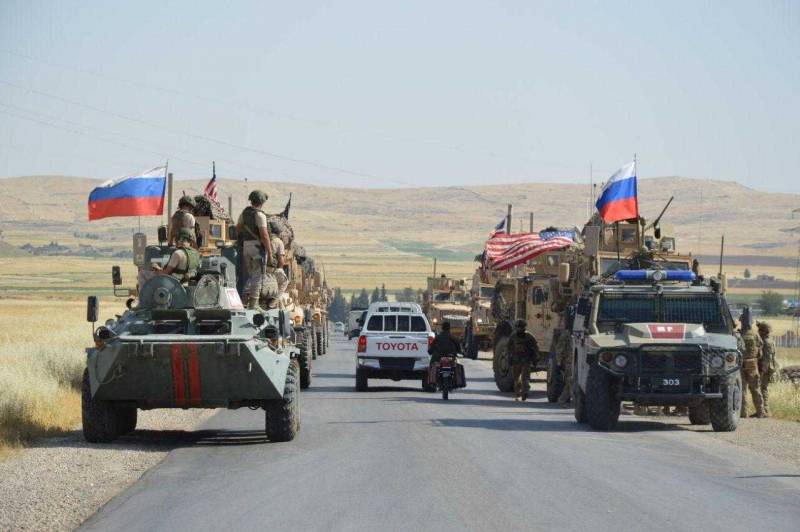
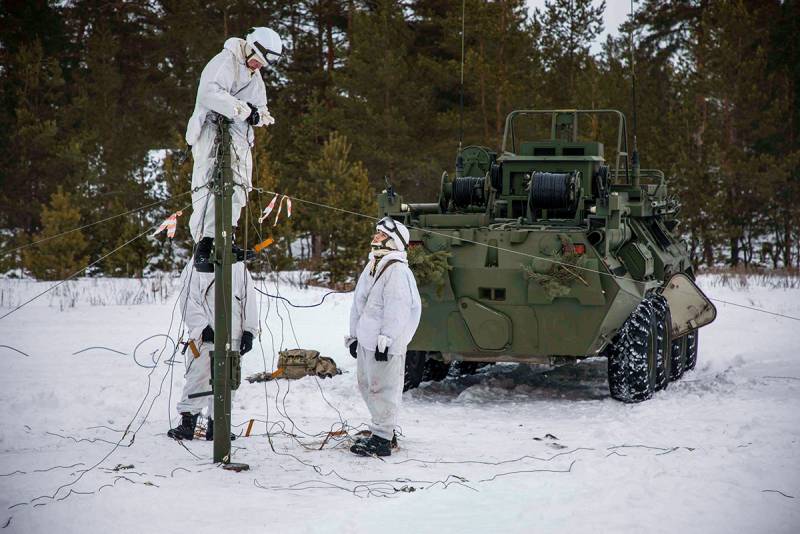
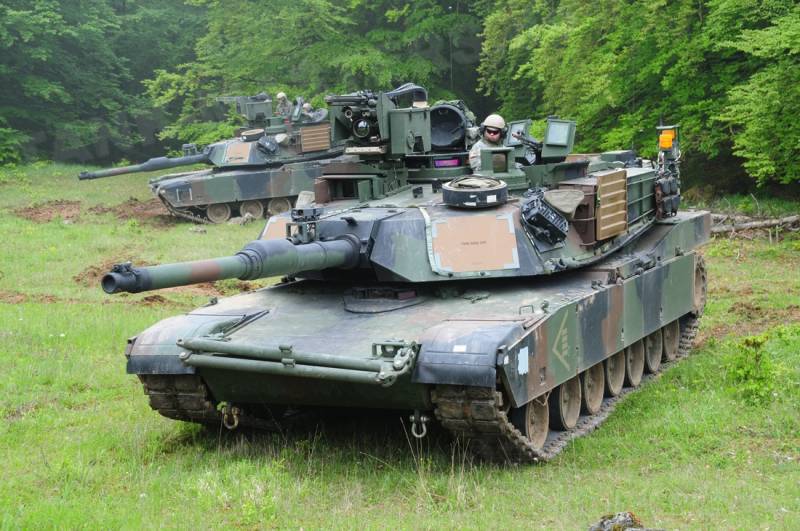
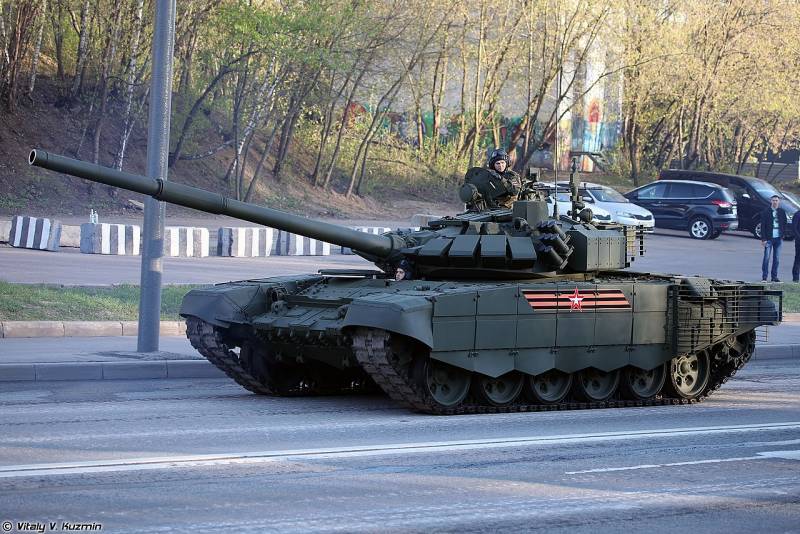
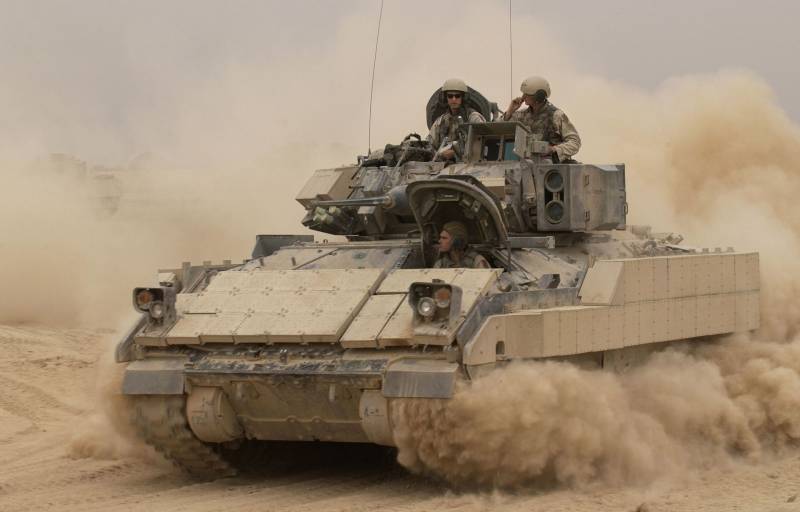
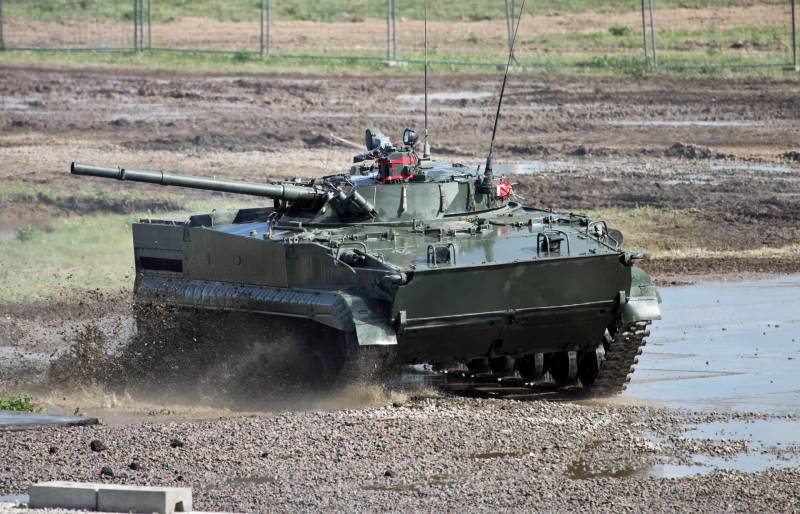
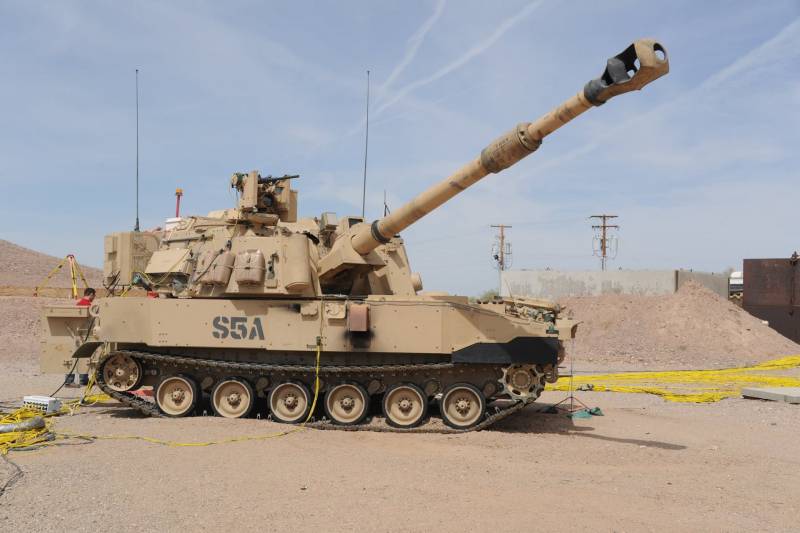
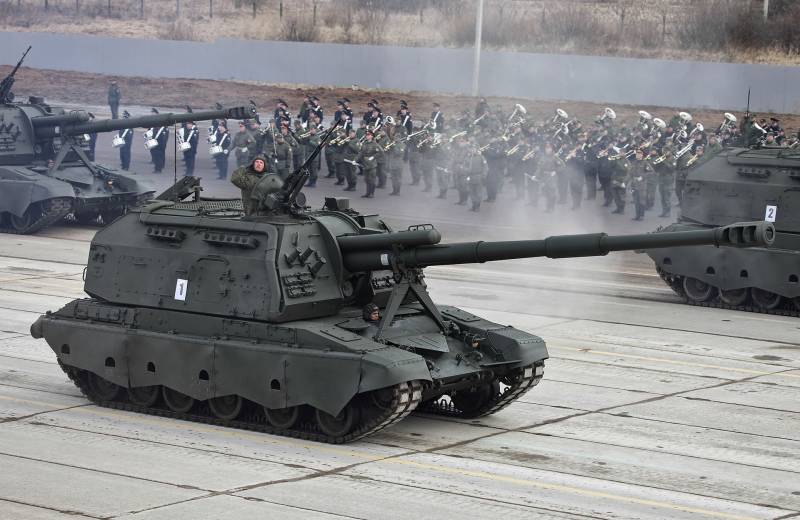
Information